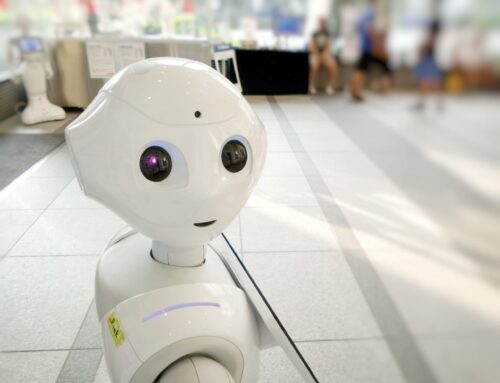During the 2020 Global Food Safety Initiative (GFSI) Conference in Seattle, I gave an interview to Alexandra Emanuelli, Digital Content Editor at the Global Food Safety Resource (GFSR). Alexandra is a graduate of the University of Gastronomic Sciences in Pollenzo, Italy. She enjoys to write about food, travel, and the people she meets.
The video of the interview has just been published through GFSR’s YouTube channel and we have also distributed it through our own. Below, I am providing a summary of the main points discussed with Alexandra.
What exactly is it that your food safety intelligence platform FOODAKAI does?
We scan food safety data that is announced from official sources, globally. We collect data that comes in various languages and formats, harmonize it, and translate it in English.
Then, we enrich the data by annotating it with the right taxonomies, such as product codes, hazard types and company names. We process it to generate insights, which we deliver as a service to the food industry.
How can we prevent food fraud risk using all this data?
We were discussing this at the GFSI with a large retailer. They want to assess the risk of buying from specific countries or working with specific suppliers, as they have thousands to monitor.
They want to take decisions about where and how they should perform their lab testing according to what data tells them, e.g. about emerging risks related to a specific country or food safety hazards that seem to be trending relating to specific ingredients or products.
What about predicting things before they happen?
This is where we apply AI and combine our data with other data sources that might explain why risks emerge.
For example, we are looking into correlations of indicators, such as the number of fraud incidents associated with suppliers based in a given country with this country’s corruption index; or correlations of the number of fraud incidents associated with ingredients with spikes in the prices of these ingredients. This may tell us for instance that that if prices increase in a country with a high corruption index, it is very probable that food fraud incidents will also increase.

What data insights do you have about specific sectors and supply chains such as milk production in Europe?
Every 3 months or so we take a deep dive into data concerning a specific sector or supply chain such as milk products, chocolate products or beverages.
We try to look at what we can find about different product categories, such as milk, cheese, butter, yogurt and others. We investigate a variety of product categories and for the critical ingredients that these products typically use – e.g. fruits in frozen yogurt.
We identify the long-term trends for the past 10 years, the recent trends from the year before, and what we see as an emerging hazard. Then we highlight information that someone should investigate further.
Following these steps, people in the quality and safety teams sit with us and we start digging deeper into the data. What does this mean? Why does this happen? What is happening with specific suppliers?

So you can go really deep into the data and see what is causing the recalls?
We are taking people on a journey into data. It starts by identifying information surrounding the recall, presenting an opportunity to dig deeper into the root causes of product recalls and other food safety incidents.
We want to reveal the insights that influence decision making: where should I invest my lab testing budget? What should I expect to prevent in terms of risks before I place an order or while this order is in transit?
Is there a story which shows that your data made a real impact?
My favourite story is from a well-known confectionery products manufacturer. We were demonstrating the platform to them, searching about incidents associated with their brands. During the demo they were very sceptical: “Ok we know all this already, we monitor very closely everything that is happening around the world with our products.”
Suddenly, a Chinese border rejection comes up that they were not aware of. So, they started taking notes about this incident and asked us to send information about it right away so that their team can investigate it. This really got them interested in our product.




